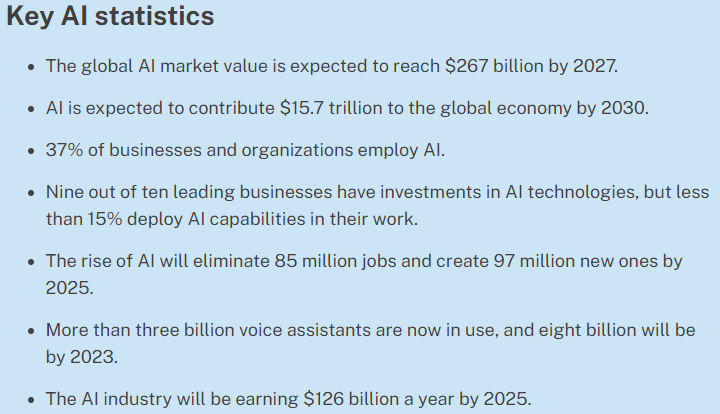What is Open Source and why is it’s becoming developers’ choice?
The world of technology is ever-evolving, and open-source software has proven to be a game-changer in the industry. Open source is a term that you might have heard frequently in the world of technology. But what exactly does it mean? At its core, open source refers to software with source code that anyone can access, modify and distribute without any restrictions from the copyright holder. As opposed to proprietary software where only the owner has control over the product. The main difference between open source and proprietary software is that with open source, the end-user has access to all the underlying code.
Thanks to this collaborative approach, developers worldwide can freely add features or fix bugs in existing codebases. The end result is a community-driven project that encourages innovation and creativity.
Moreover, open-source licensing ensures that users are free to use, study, modify, and share the software as per their requirements. This level of freedom makes open source an attractive option for businesses looking for customizable solutions without breaking their budgets.
Not only it has a larger pool of contributors working on improvements than proprietary ones do, nut it also promotes transparency in development by allowing users to view how a program functions at its core level. This means that security issues or bugs can be discovered more quickly because there are many eyes watching over the same code. Participating in an open-source project can lead to great personal growth as well as professional development opportunities. Whether you’re interested in contributing your coding skills or simply using some powerful tools for free – there’s plenty out there for everyone! The concept of open source isn’t just limited to software development; it’s also widely used in hardware design processes such as 3D printing projects and other electronics-based projects too!
Why Open Source is trusted by developers
Open-source software is trusted by developers for a few reasons. First, since the source code is publicly available, it is subject to peer review by a large community of developers. This means that any vulnerabilities or bugs in the code can be quickly identified and fixed by the community, making the software more secure and reliable. For instance, Android, created by Google, is a widely-used open source project. Its flexibility has allowed it to be adapted for worldwide use in various devices such as smartphones, smart TVs and tablets. Another well-known open-source project is WordPress, which powers more than 30% of all websites on the internet. This content management system allows users to easily create and maintain their own websites with customizable templates and plugins.
Second, it benefits from the contributions of a large community of developers, who collaborate to improve the software and add new features. This means that issues with the software can be resolved quickly without requiring significant investments in resources & this can lead to faster development cycles and a more robust software product.
Finally, open-source software is often seen as a more democratic and ethical approach to software development, since it is freely available to everyone, regardless of their financial means as there are no licensing fees involved. This can help to level the playing field in the technology industry and ensure that innovation is not limited to those with the resources to pay for proprietary software. Additionally, open-source software can often be customized to fit an organization’s specific needs.
By embracing open-source technologies like Linux or Apache web server you may save money while gaining flexibility for customization based on your business requirements irrespective of industry boundaries while constantly being supported by a vibrant community always ready to help solve problems together – making it an incredibly attractive choice!
How to get involved in an open-source project?
Getting involved in an open-source project can be a great way to improve your skills, gain valuable experience and contribute to a community-driven effort. Here are some tips on how you can get started:
- Choose the right project: Look for projects that align with your interests and skill set. You’ll be more motivated to work on something you care about.
- Join the community: Most open-source projects have active communities where developers discuss ideas, troubleshoot issues and collaborate on code. Joining these communities is crucial for getting started.
- Start small: Don’t feel intimidated by large codebases or complex systems. Start by fixing small bugs, writing documentation, or contributing to discussions.
- Learn from others: Take advantage of online resources like tutorials, forums and documentation provided by the community members who were once beginners themselves.
- Ask questions: Don’t hesitate to ask questions when you’re stuck or unsure about something – asking for help is part of being an effective contributor!
Remember that getting involved in an open-source project takes time, patience, and dedication but it’s also truly rewarding! As more companies adopt open-source technology for their products and services, there will be increased demand for skilled professionals who are well-versed in using open-source tools. Therefore, learning about open-source technology can help developers stay competitive in today’s job market.


